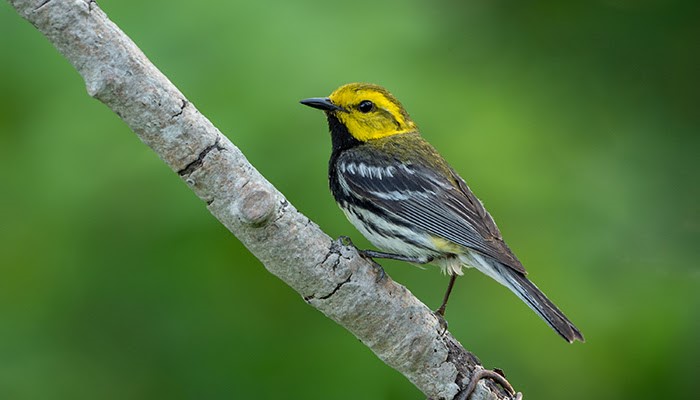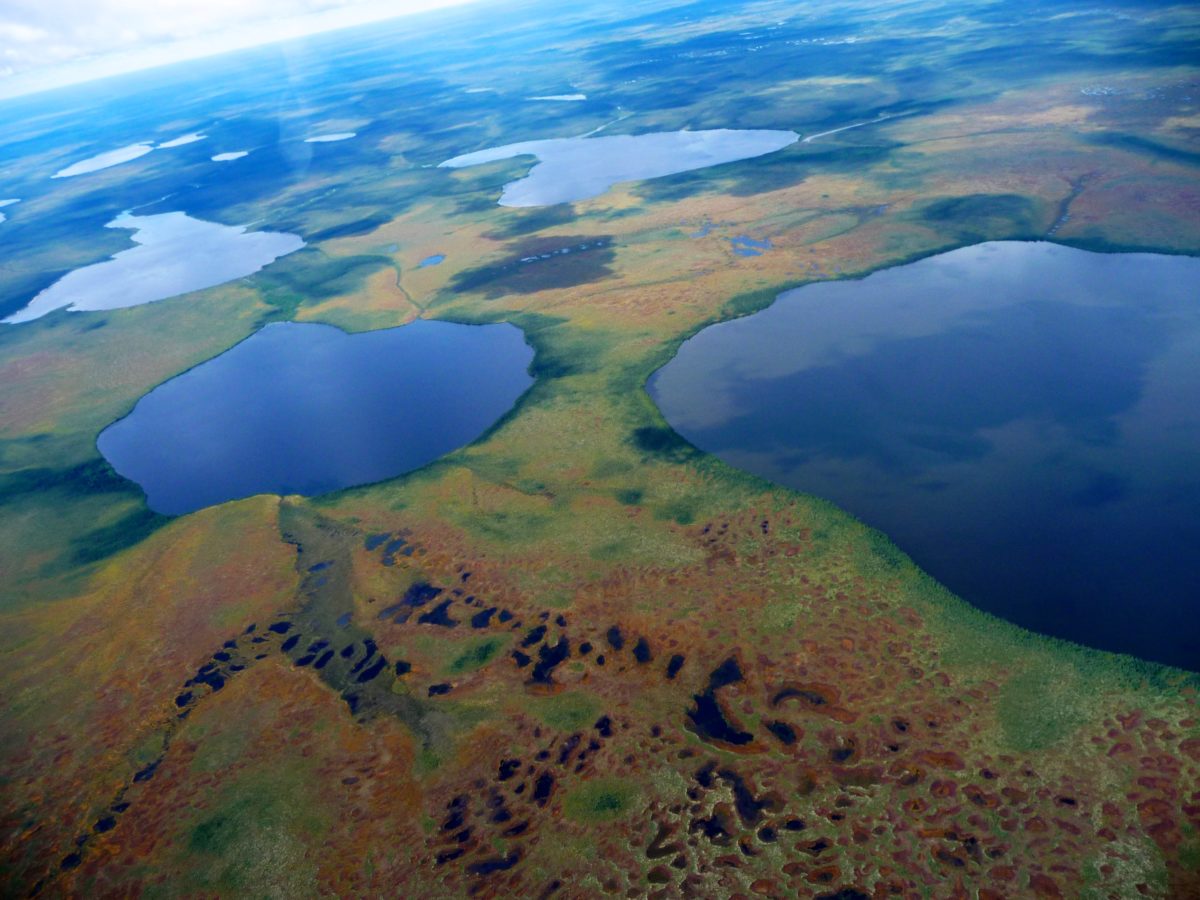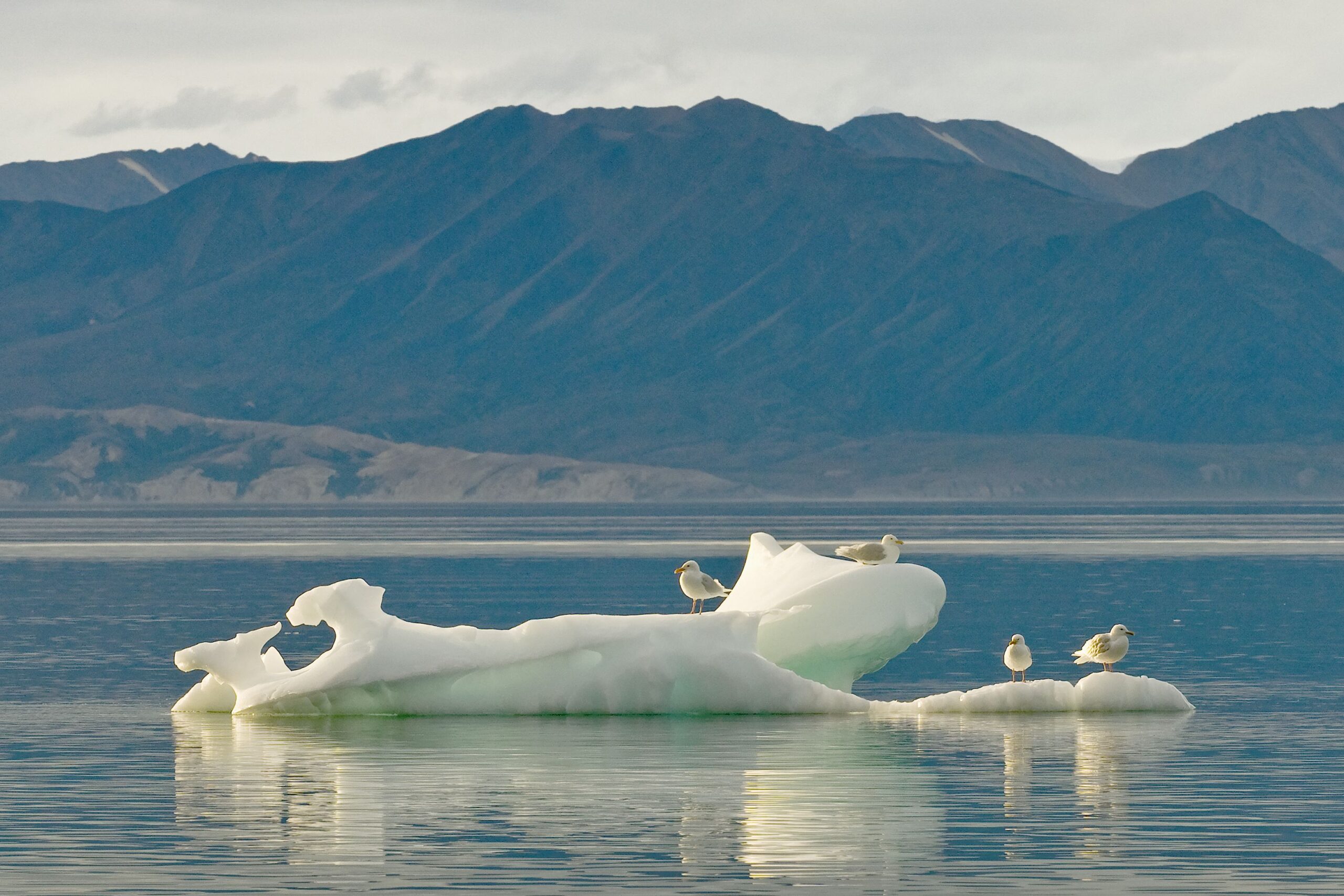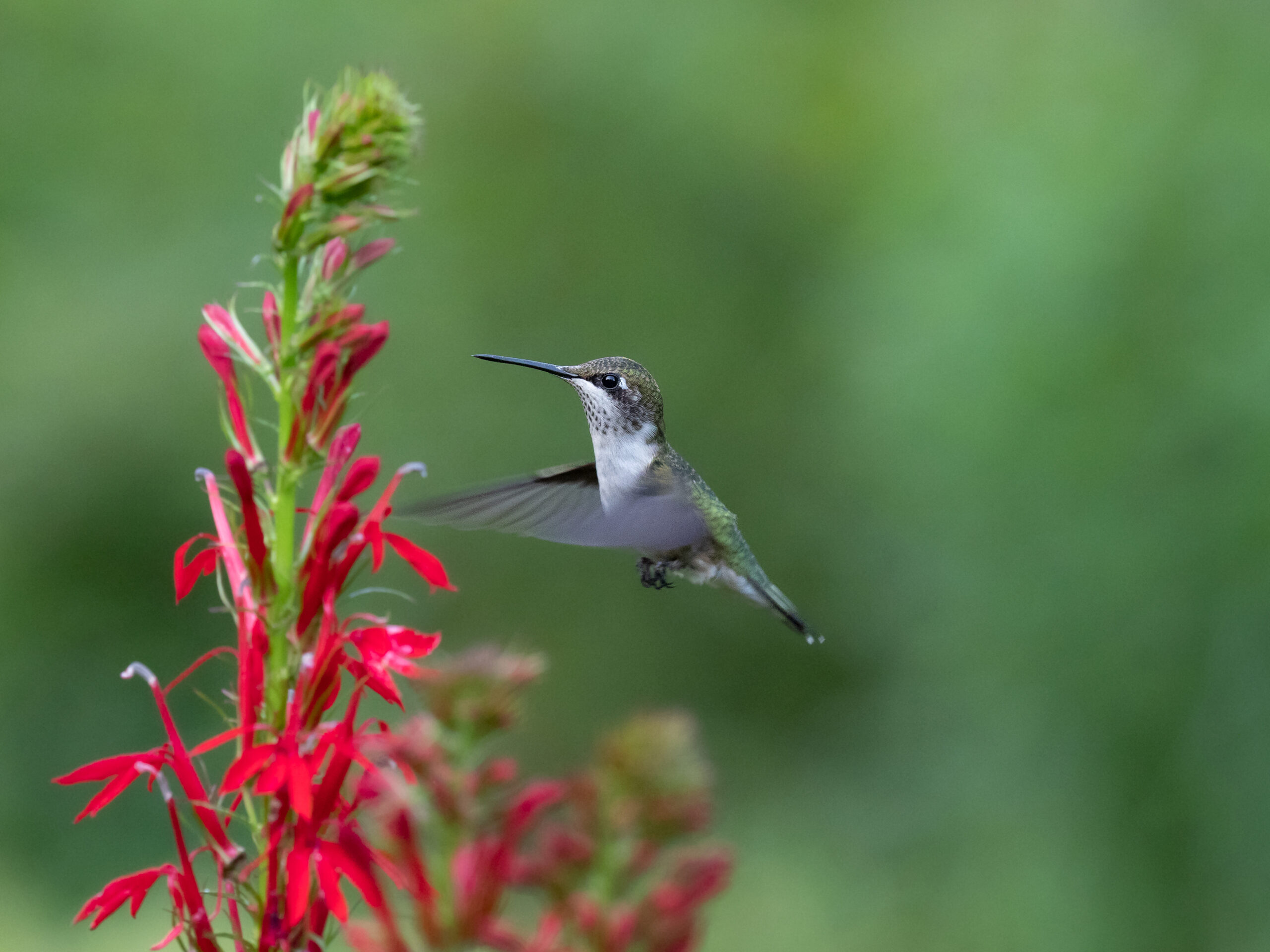The magic of migratory birds (and the science of protecting them)
I first fell in love with birds while watching colorful warblers and musical sparrows migrating through Point Pelee National Park on the southernmost tip of Canada. My family’s annual tradition is visiting the park’s wetlands, forests and shorelines to see these tiny songbirds rest and refuel during their spring migration from as far away as South America.

Thousands of people flock to this park to watch them finish crossing up to 200 kilometers of Lake Erie, a long distance for an animal weighing just 15 to 20 grams, or the equivalent of a few nickels. Respectful observation of these feathered friends has relatively few negative impacts on the birds and can, as in my case, foster a lifelong dedication to learning more and now teaching others as an associate conservation specialist at WWF-Canada.
There are many different types of migration, but generally this behaviour can be categorized as the seasonal movement from one location to another and back again within a year. There are more than 400 migratory bird species in Canada, ranging from ducks and herons to shorebirds and warblers.
Many long-distance migrations remain a metabolic mystery because we don’t exactly know how birds can accomplish this energy-intensive feat of crossing continents in such a short timespan. Some migration paths are particularity awe-inspiring — the blackpoll warbler makes a three-day non-stop journey across the Atlantic Ocean every fall, part of an overarching three-week journey starting in Canada’s boreal forests and ending in the Caribbean or South America. Being tied to two different regions of the world means these birds face threats on their breeding and wintering grounds as well as during migration itself.
Importance of Stopover Habitat
A major threat for the latter is the loss of key stopover habitat, places where birds pause between different legs of their migration. Typical stopover sites include swamps and peatlands along large water bodies like oceans or the Great Lakes. Industrial and urban development in these regions leads to habitat loss, degradation and fragmentation, hindering a bird’s ability to adequately rest and feed to refill their depleted energy reserves.

WWF-Canada’s partnerships in places like the Mushkegowuk territory of the Hudson and James Bay Lowlands work towards protecting these key habitats that support rich biodiversity, including insect populations which are a great protein source for hungry migratory birds.
Once arriving at their destinations, protecting habitats for mating, nesting, and rearing chicks is necessary to ensure long-term stable populations. The recent relinquishment of offshore oil and gas exploration permits within the Scott Islands marine National Wildlife Area — a result of WWF-Canada’s joint-lawsuit with the David Suzuki Foundation — will help the more than 1 million seabirds, migratory and resident, that nest on these islands as well as local marine species.

Similarly, Marine Protected Areas in the Arctic are key for preventing environmental tragedies, such as oil spills, which can have massive impacts on the marine food web. WWF spent decades working to establish the Tallurutiup Imanga National Marine Conservation Area, home to millions of migratory seabirds as well as most of the world’s narwhal and many other marine mammals.
Protecting these areas not only helps to safeguard bird species, but also preservation of their unique evolutionary traits. Take for example, the northern wheatear’s fantastic journey — it begins in the eastern Canadian Arctic, passes Greenland to the UK and eventually lands in the sandy hills of western Africa.
Coastal ecosystems like salt marshes, eelgrass beds and kelp forests provide essential stopover and nesting habitat. Shorebirds that migrate to Canada have decreased by 40 per cent since the 1970s and are dependent on these coastal habitats because they forage primarily on small invertebrates like aquatic insects.
One such bird is the melodus subspecies of piping plover, which migrates to Atlantic Canada from along the Gulf Coast and is classified as Endangered due to threats such as habitat loss, reaching as low as 174 breeding pairs in a 2016 census. However, conservation and community groups are pushing for better recovery strategies.
With the longest shoreline in the world and 20 percent of the world’s freshwater, decisions made in Canada can have wide-ranging impacts for bird species that depend on these key habitats. While individuals like you and I can’t legislate large-scale conservation actions, we can help migratory birds through our own personal and collective efforts such as:

- Prioritize native plants through programs like WWF-Canada’s re:grow. Planting native wildflowers like the Cardinal flower for Ruby throated hummingbirds in eastern Canada or Red flowering Currant for Rufous hummingbirds in B.C. can help hummingbirds during their stopovers in urban areas.
- Reduce waste entering aquatic habitats by not releasing balloons after celebrations and ensuring correct disposal of fishing gear. This will limit accidental entanglement and ingestion.
- Advocate for habitat restoration and protection in your local communities, join our community action programs (Living Planet @ School, Living Planet @ Campus and Living Planet @ Work) or apply for WWF-Canada funding to support your community restoration projects.

